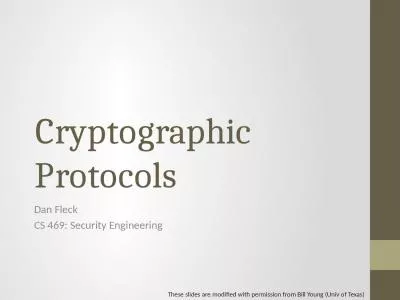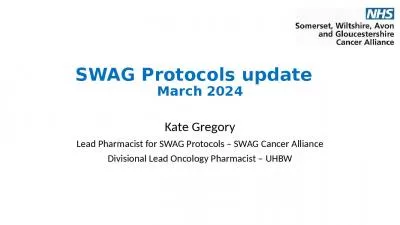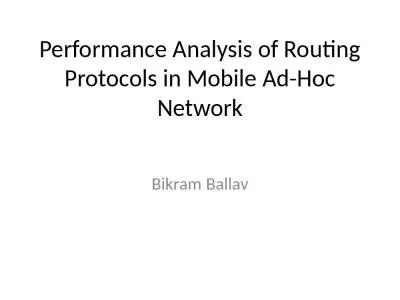PDF-Discover Exchange Protocols &
Author : williams | Published Date : 2021-01-05
advancements in ActiveSync Exchange Web Services and MAPI Andrew Davidoff Senior Software Engineer Agenda Brief introduction to Exchange Server Open Specifications
Presentation Embed Code
Download Presentation
Download Presentation The PPT/PDF document "Discover Exchange Protocols &" is the property of its rightful owner. Permission is granted to download and print the materials on this website for personal, non-commercial use only, and to display it on your personal computer provided you do not modify the materials and that you retain all copyright notices contained in the materials. By downloading content from our website, you accept the terms of this agreement.
Discover Exchange Protocols &: Transcript
Download Rules Of Document
"Discover Exchange Protocols &"The content belongs to its owner. You may download and print it for personal use, without modification, and keep all copyright notices. By downloading, you agree to these terms.
Related Documents

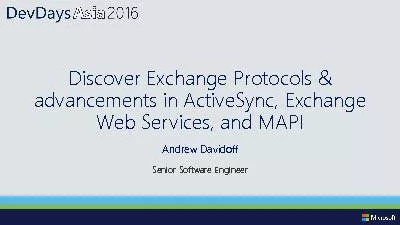
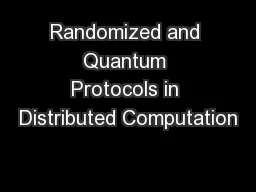
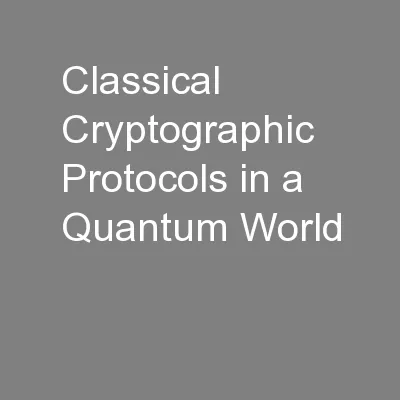

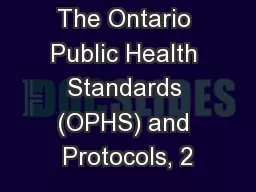

![[re ]discover Colossians](https://thumbs.docslides.com/646495/re-discover-colossians.jpg)


